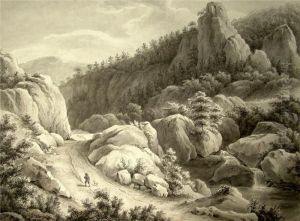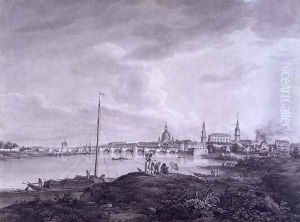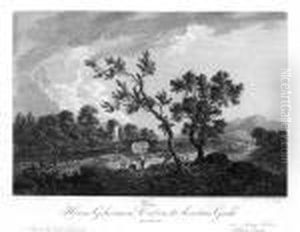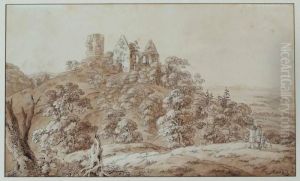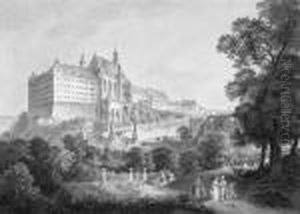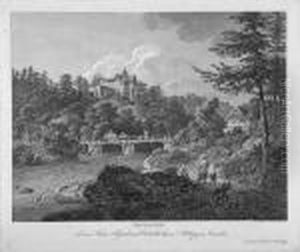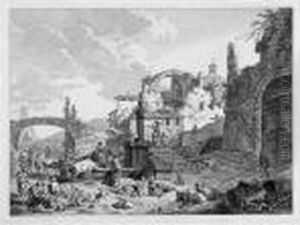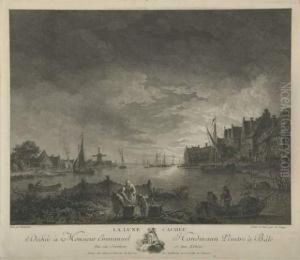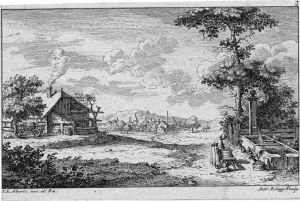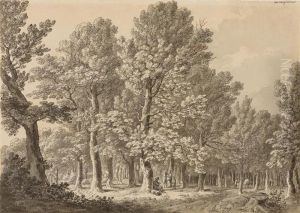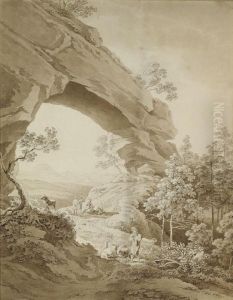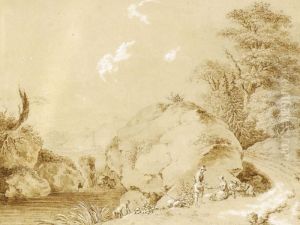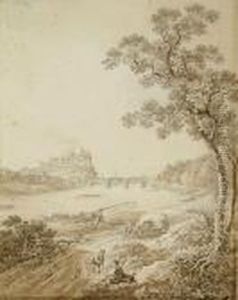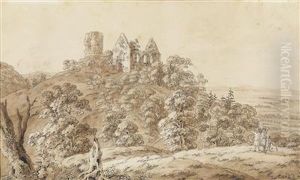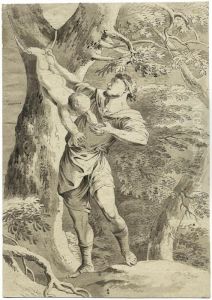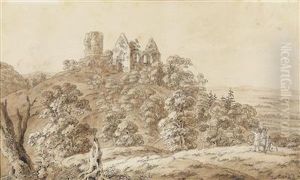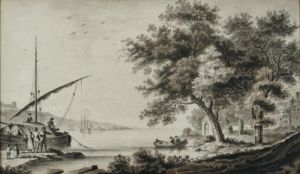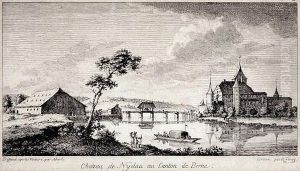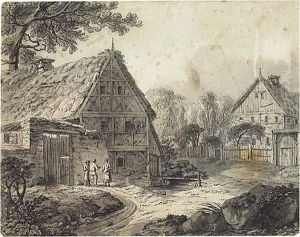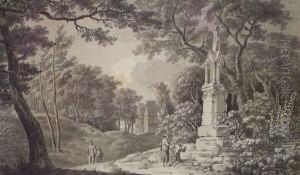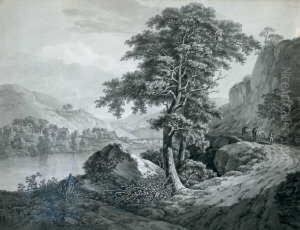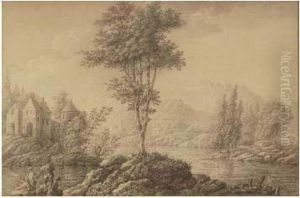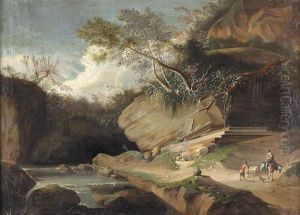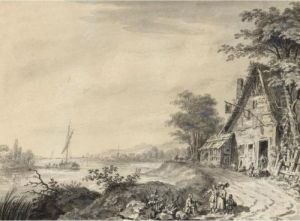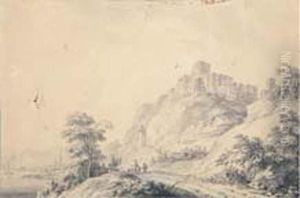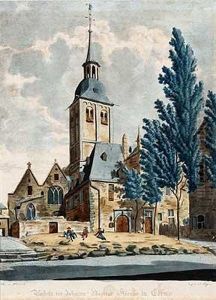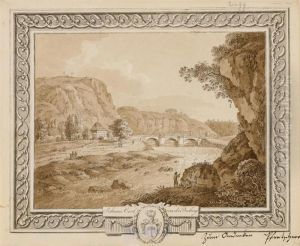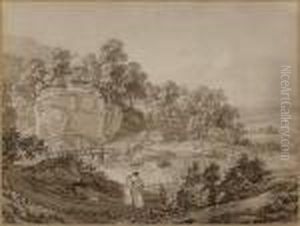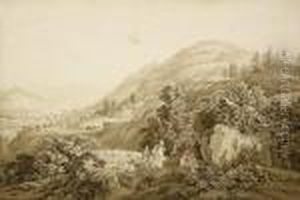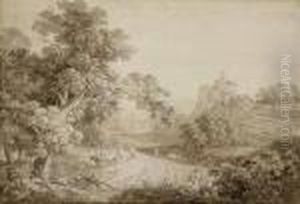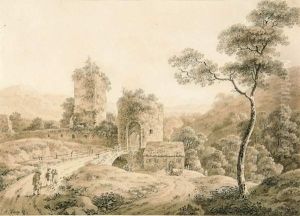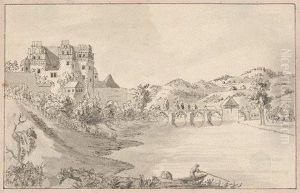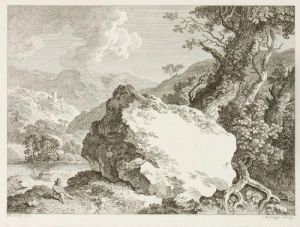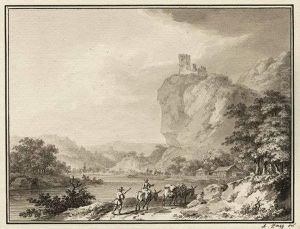Adrian Zingg Paintings
Adrian Zingg was a Swiss-born artist who became known for his landscape etchings and contributions to the development of the Dresden school of landscape painting. Born on May 13, 1734, in St. Gallen, Switzerland, Zingg showed an early talent for drawing and engraving. His initial training took place in his homeland, but his pursuit of an artistic career led him to Paris, where he furthered his studies and worked under the eminent engraver Johann Georg Wille.
Zingg's time in Paris was instrumental in refining his skills, and he became accomplished in the art of landscape etching. In 1766, he moved to Dresden, Germany, at the invitation of the court. There, he secured a position at the newly founded Dresden Academy of Fine Arts and became a significant figure in the city's artistic scene. Along with his colleague and friend, the painter Anton Graff, Zingg helped to establish the Dresden Academy's reputation.
His work is characterized by its meticulous detail and the portrayal of serene and idyllic landscapes, often incorporating elements of the Saxon countryside. Zingg's landscapes are noted for their realism and the sensitive depiction of light, which he achieved through intricate line work and careful composition.
Zingg was also an influential teacher, sharing his knowledge and techniques with a generation of young artists, including Caspar David Friedrich, who would go on to become one of the most important German Romantic painters. His teaching and his own works played a key role in the development of the Romantic landscape tradition in Germany.
Adrian Zingg's contribution to art was not limited to his etchings and teaching; he was also involved in the mapping of the Electorate of Saxony, applying his artistic skills to the realm of cartography.
After a long and productive career, Adrian Zingg passed away on May 27, 1816, in Dresden. His legacy lives on in his prints and drawings, which continue to be studied and appreciated for their technical skill and artistic beauty.
